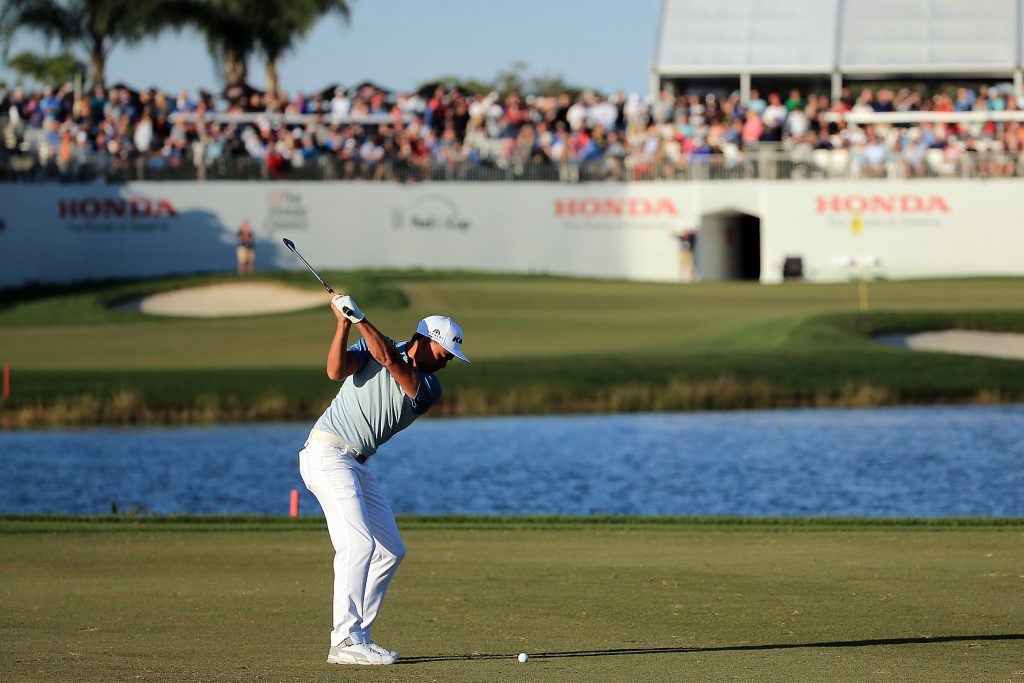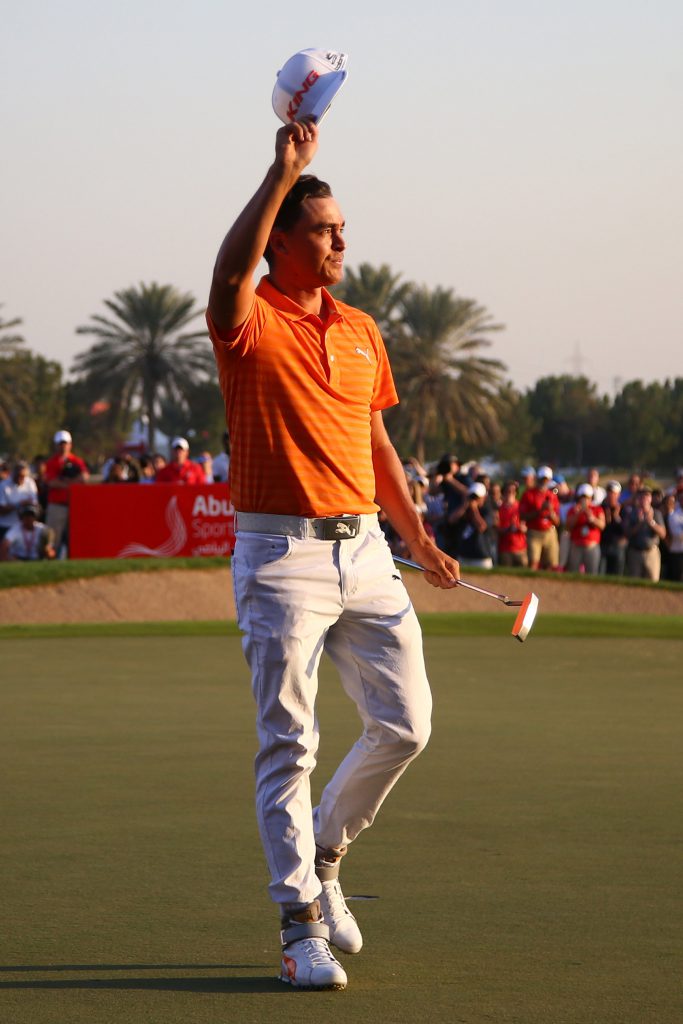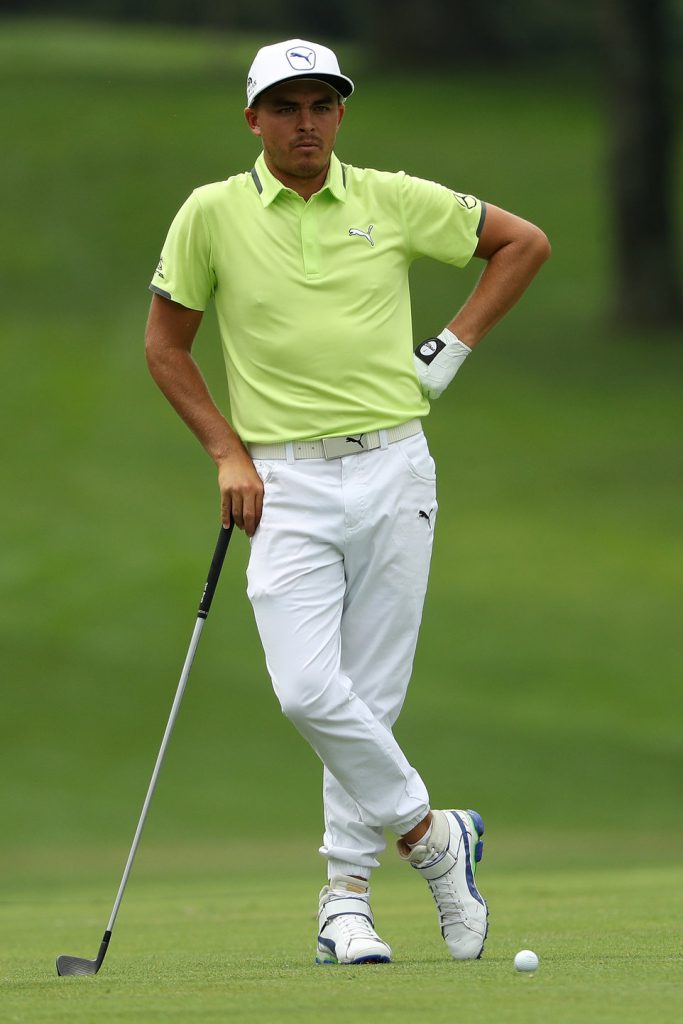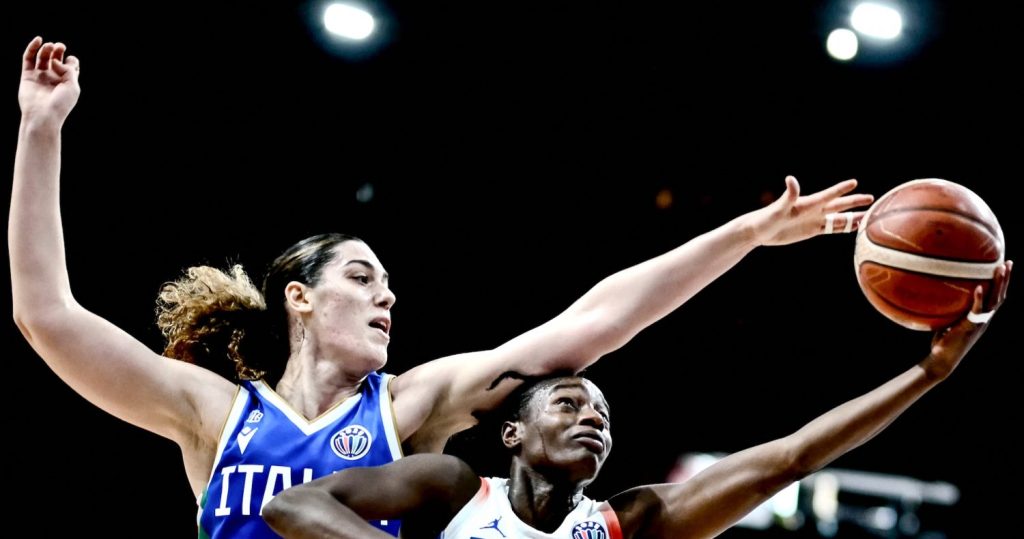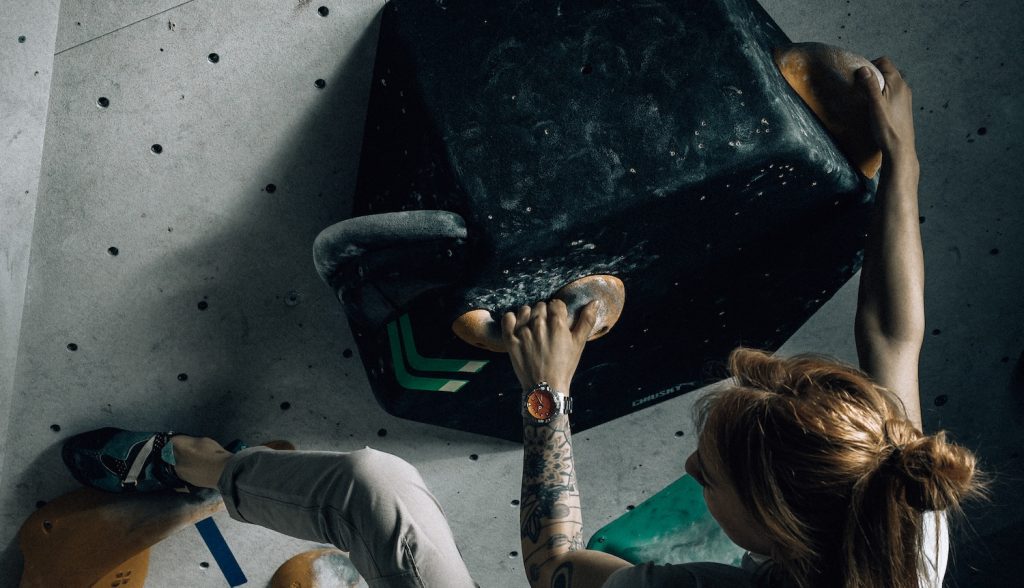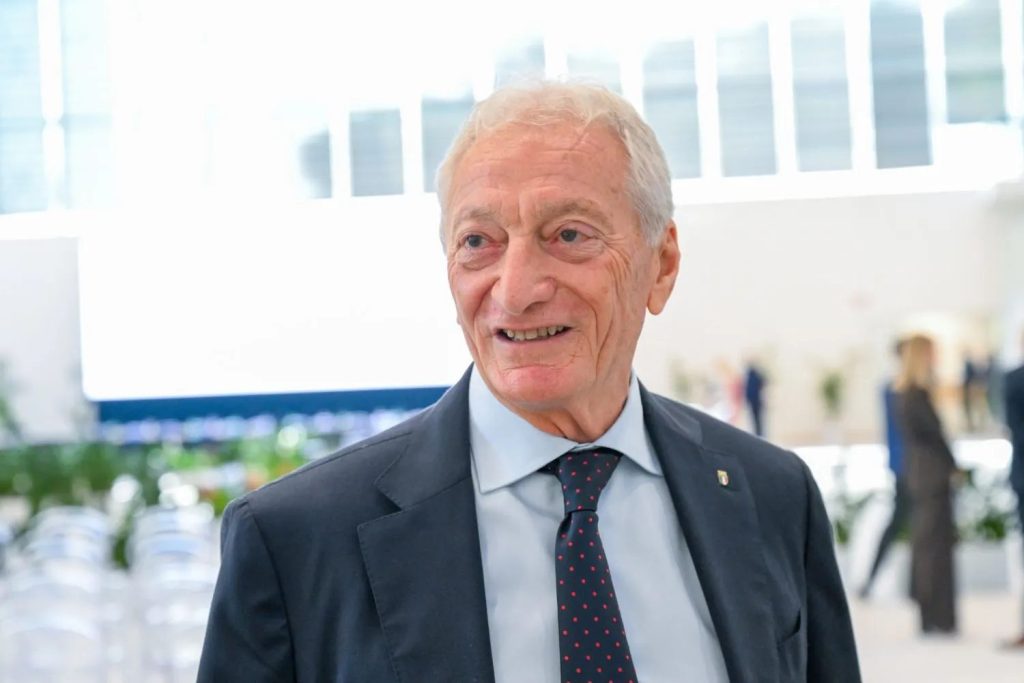Undici in partnership with Puma Eyewear presents #NoCage, a collection of 12 stories of past and contemporary athletes that have changed the history of sports, overcoming the barriers and obstacles in their path thanks to determination and willpower
Often, too often, the focus is on his face. As if Rickie Fowler’s story were only about the lines, features and skin of that face. But it is only the beginning, not the end. Incredibly, it is as if the cultural revolution of Tiger Woods in golf has passed in vain: an American, who is not a wasp, becomes the strongest, most iconic, most sponsored player in contemporary golf. Rickie is the evolution, his skin colour, facial features and traits hold just the right value. It would be foolish to say that they are not part of this story, but they are not the story. The real story is much longer, more complex and far more interesting. If one were to summarize the plot, it would tell how Rickie Fowler is the Millennial revolution in golf – for the way he plays, his manner, his style, and the contemporaneity of everything that involves his persona. He is the protagonist of a continuous rebellion that is subtle, positive and constructive. He is the guy who can take golf into the pop dimension, without making this becoming a problem for golf as an entity.
He has been preparing for this for a long time, since he was taken to a putting green for the first time when he was just a little older than three. Here, the name to remember is Yutaka Tanaka, Rickie’s grandfather and the protagonist of this story. From Japan, Yutaka was the golf enthusiast who arrived in America involuntarily and later chose to become American. He was six years old when, during World War II, he was captured with his family and moved to a POW camp on the West Coast of the USA. After the war, he stayed, moving to California to begin a new life. Although this background has nothing to do with golf, it has everything to do with everything else, and in particular, with the character building of Rickie Fowler. This is where Rickie’s features, traits and skin colour come into play, and as we said before, this is the beginning of the story and not the end. Inheriting his genetic facial traits from his Japanese grandfather and Navajo grandmother, and parents, Rod and Lynn, Murrieta, living in the California of the 90’s, as a youth, Rickie Fowler first set foot on a golf course not as the son of a club member, but as the grandson of a passionate golf fan. He often repeats “I do not come from a rich family”, with the last instance during an interview with USA Today, recounting how “My parents worked hard to give me and my sister the opportunity to play sports and see if we were good at realizing our dreams. My mother always said that if I worked hard to become a professional player I would not have to get a job. And look at me now: I have not yet had to look for a real job”.
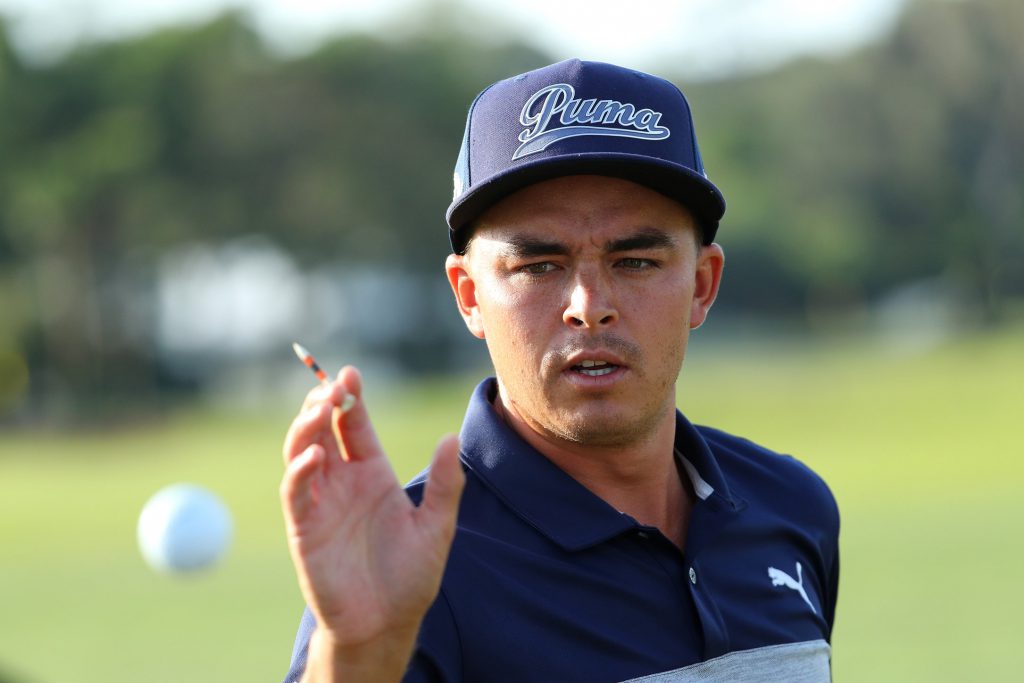
Rickie Fowler in action during a practise round for The Players Championship on The Stadium Course at TPC Sawgrass on May 10, 2016 in Ponte Vedra Beach, Florida. (Richard Heathcote/Getty Images)
Fowler’s “non-job” is what tells us most about his revolution. Born in 1988 in California, he could have (and in a sense, should have) become a motocross champion, but instead, suddenly he found himself ranked amongst the world’s top five golf players. Motocross is not a random choice: for a long time Fowler pursued both passions, and one could also say both careers. Then, at 15 he took a fall during a competition, fracturing his foot in three places. Today, bikes, remain his a hobby, which creates a unique aesthetic dichotomy that is only his: there are videos on youtube that show him accelerating his bike on the golf course, merging two sports that could not be more distant if they tried. Fowler makes things that said or done elsewhere, or by others would be considered close to blasphemy, normal. Perhaps acceptable is the correct word, because in the end this is what happened: Rickie was accepted. He made them accept him. In a world that should have rejected his aesthetic, stylistic and even technical codes, he has become a certainty. He has conquered all with his game. With class.
Rickie talking about is love for golf and motorbike
His first victory on the amateur circuit was in 2007, at Oklahoma State University where he won the first trophy. In a game of returns, Oklahoma is a critical step: it is the defining mark that he takes around the world in the guise of a single color, orange. On the final day of every tournament, he wears a “uniform” that flaunts orange as the dominant color. It is the colour of the University and became his. A continuous homage to the place that trained him, and turned him into what he is now. His move into the professional sphere came in 2010, and in the same year came the record of being the only rookie in history to be called up for the Ryder Cup. The next five years provided the emotional, sentimental, technical and strategic preparation for what would happen in 2015.
Because that’s when everything changed. Golf Digest, a sort of Bible for the golfing world explains it like this: “After his big win at the Deutsche Bank Championship, arrived with an incredible comeback over Henrik Stenson, we can assume that for Fowler, the future offers a stable place in the top four players of the world. To substantiate this hypothesis there is, above all, the great season of the young champion: in the tournaments that count, he has always made the difference. His talent and drive have launched him into the fifth position of the Official World Golf Ranking, immediately behind the world’s big three, Rory McIlroy, Jordan Spieth and Jason Day. Until only a few months ago, a survey defined him as an ‘overrated’ player because of a certain inconsistency of come back and a general lack of victories. But Fowler’s work to disprove this definition has been incredible. Starting with the fact that he has won a series of important tournaments: The Players Championship, the Aberdeen Asset Management Scottish Open and the Deutsche Bank Championship”.
In many interviews and portraits published in recent months, Fowler cleverly blessed the moment when the survey arrived. Be considered overrated pushed him to improve. Today, many experts and critics accuse him of technical faults, while Alberto Binaghi made an interesting analysis: “Rickie Fowler’s swing is very special and offers many opportunities for classical debate: should we intervene or not on a swing, on the incorrect card, that nonetheless works to perfection? Rickie has solved the problem by being self-taught until 2013 and he has been proven right. The ‘old swing’ of the Californian champion had some questionable positions: his hands were very low on the ball and the shaft therefore very flat. On the takeaway, the club head remained external to the hands for longer than any other player’s did, and the club followed a path that was beyond the ideal plane of motion. In a short time, halfway back through the swing his hands ended up on the interior side of his body”.
The incriminated swing
From this position, Fowler twisted his forearms bringing the club shaft into a very flat position at the apex of the back swing, but somehow the relationship between the clubface, left arm and left wrist still appeared to be perfect. In the down swing Rickie further lowered the wood, placing the shaft behind the body in such a way as to give the impression of not having enough space to reach the ball; this half down swing position was much like that of Sergio Garcia. With the body completely turned towards the target and the club following through late, Fowler violently unleashed his arms toward the ball (photo 2), playing out this action with a marked disconnection between body and arms in the follow through. In fact, the club swung out very wide, from the impact onwards the hands moved away dangerously from a body that appeared still. There was thus a lot of movement pre-impact and a lot of static tension post-impact. The changes made in 2014 thanks to Butch Harmon, are defined by an attempt to reduce the gap between the lines of his back swing and down swing, so as to open the club head earlier using the rotation of the forearms and also create a higher floor at the apex, with the club falling closer to the front of the body in the down swing. This improvement should allow him to use his hands less to absorb impact, thereby improving control of the ball especially in the trajectory from left to right”.
[widegallery][/widegallery]
Fueled by Fowler’s personality, which never goes unnoticed, golf fanatics animate the debate every time he participates in a tournament. And in a way, this is also this is a revolution. The look, the orange, the swagger and – here yes – his history, his features, his origins, make him one of the most popular touring pros, if not the most loved. He has become an icon. Today there is no tournament where Fowler is not the most photographed player. Like him, like his cockiness, like his desire to be young in a place where even young people often do not appear young or will do anything not to show their youth. He adds something else. He adds his spontaneous communicative abilities and initiatives, making his image even more interesting. In March, for example, he hit a hole in one, which pitted a shot on the fly from 103 meters at the par 3 “bonus” of the nineteenth hole. Up for grabs for those who had won the event there was a million dollars to be donated to charity by the Els Foundation, which works tirelessly to help autistic children around the world every day. The Ernie Els for Autism Foundation was established in 2009 by the professional player Ernie Els and his wife Liezl, after their son Ben was diagnosed with a severe form of autism.
Images of this shot have gone viral on Youtube, further increasing Fowler’s already high popularity, especially among younger people. They are the audience. They are the ones that Rickie leads to the great circus of the golf course: boys and girls who, thanks to him, approach a sport that they would otherwise consider far from their reality. This is the future and it is taking a walk with the story of Rickie. Today, Attaboy – as he is called by Puma, who sponsored him when nobody would even bet on him, – is the cornerstone of a new global generation of golfers. He is the evolution of the game, on the field. He represents the evolution of a message that golf transmits, sending tradition off course. Many people ask him what he considers to be his main characteristics. He responds with a few words, always the same: “Dynamism, passion, ambition”. He has already won enough. He will win again. In Rio de Janeiro, he will represent the American National team in the first edition of the Games in which golf has been qualified as an eligible sport. It will be a great show, in different terms. And will herald the beginning of a new era, guaranteed. Rickie Fowler is simply the face of this era, regardless of his facial features and skin colour. Or rather, he is much more than what you see.

